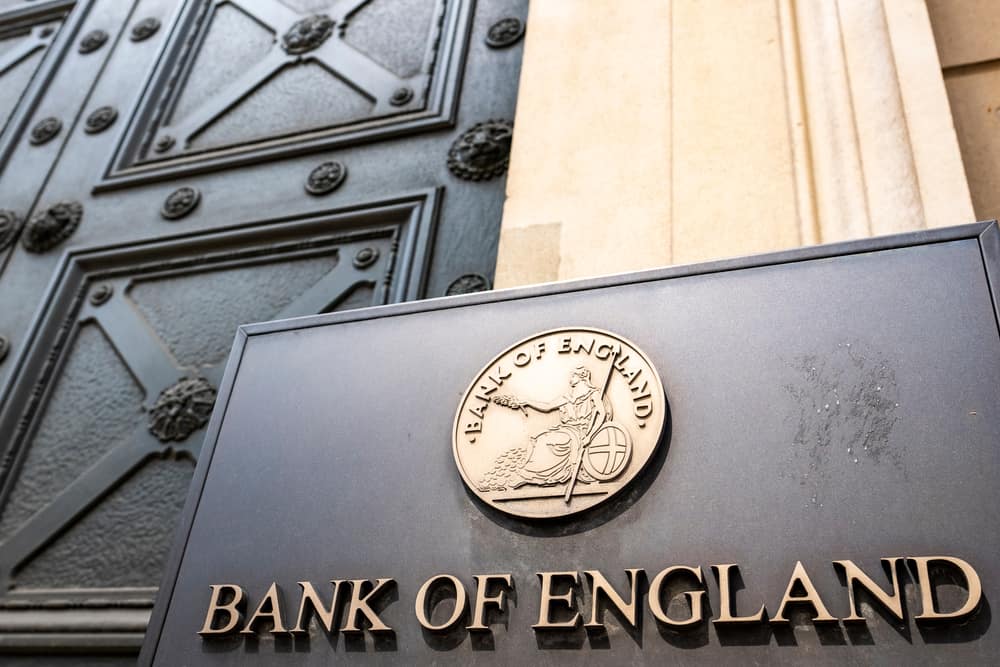
Lenders also expected the availability of secured credit to increase up to the end of February 2022, and lenders reported that the availability of unsecured credit to households increased in Q4 and was expected to increase in Q1.
Lenders reported the overall availability of credit to the corporate sector was unchanged in Q4, for businesses of all sizes. Overall availability was expected to remain unchanged in Q1.
Looking to demand, lenders reported that interest for secured lending for house purchase decreased in Q4, and was expected to decrease in Q1.
Demand for secured lending for remortgaging increased in Q4, and was expected to decrease slightly in Q1.
Lenders reported that overall demand for unsecured lending increased in Q4, and was expected to increase in Q1. Within the overall figure, demand for both credit card lending and other unsecured lending increased in Q4.
Demand for credit card lending was expected to increase in Q1, whereas demand for other unsecured lending was expected to be unchanged in Q1.
Lenders reported that demand for corporate lending from small businesses decreased, demand from medium-sized businesses was unchanged, and demand from large firms slightly increased in Q4.
Demand for corporate lending in Q1 was expected to increase slightly for small businesses, and expected to be unchanged for both medium-sized and large businesses.
Overall spreads on secured lending to households, relative to bank rate or the appropriate swap rate, narrowed in Q4, and were expected to be unchanged in Q1.
Overall unsecured lending spreads were unchanged in Q4, and were expected to narrow in Q1.
Lenders outlined that spreads on corporate lending to small businesses was unchanged in Q4, and narrowed for both medium-sized and large businesses.
Spreads on lending to small, medium-sized and large businesses were expected to be unchanged over the following three months.
The net percentage balance for changes in default rates on secured loans to households decreased in Q4, but was expected to increase in Q1, while the net percentage balance for changes in default rates for total unsecured lending was unchanged in Q4, and was expected to increase slightly in Q1.
The report also showed that the net percentage balance for changes in default rates on loans to corporates increased for small businesses, slightly decreased for medium businesses and was unchanged for large businesses in Q4.
These were expected to increase for small and medium-sized businesses, and were expected to be unchanged for large businesses in Q1.
Dominik Lipnicki, director of Your Mortgage Decisions, said: “As with the rest of 2021, the mortgage and housing markets remained exceptionally strong throughout the fourth quarter, with demand for mortgages as robust as ever.
“Lenders were keen to lend and borrowers were keen to borrow. With that in mind, there’s a definite disconnect with lenders saying demand decreased.
“Following on from Rishi Sunak’s Budget and the anticipated Bank of England base rate rise, we did see an increase in mortgage rates offered in the final months of 2021, and as long as you could qualify for a mortgage, the deals were still at near record low levels.”
Ross Boyd, chief executive of Dashly, added: “Many brokers will be left scratching their heads at the fact lenders are saying demand tailed off in the three months to November.
“In our experience it was as strong as ever and the loans were there to accommodate it. Remortgages were particularly strong during the final quarter of 2021.
“On that I think everyone can agree. The prospect of rate rises was increasingly on people’s radars and this incentivised many to act.
“Lenders were competing hard on rates even at higher loan-to-values, and this was another key driver, especially for first-time buyers.
“The ongoing race for space was another key factor in strong activity levels and we expect this to continue into 2022.
“In the coming quarter, another Bank of England rate rise is likely and this will doubtless feed through into mortgage rates, but even then rates remain stupendously low, especially at lower loan-to-values.
“With inflation soaring and the cost of living really starting to bite, lenders are likely to be more cautious and conservative in their lending in the months ahead as they brace for a period of economic turbulence.
“But demand for property remains strong and is being underpinned by a robust jobs market.
“Remortgages are likely to see the most activity levels as people set out to lock into the lowest rates possible ahead of any rate rises.
“January already has seen an exceptional amount of remortgage enquiry levels across the broker community.”
Andrew Montlake, managing director of Coreco, said: “Remortgages were definitely on fire in the closing stages of 2021 as rumours of a rate rise grew stronger and stronger.
“People wanted to lock into low rates and lock into them fast.
“Demand for house purchase was also strong so it’s an enigma that the Bank of England is reporting demand decreased. That’s not what we saw on the ground.”



